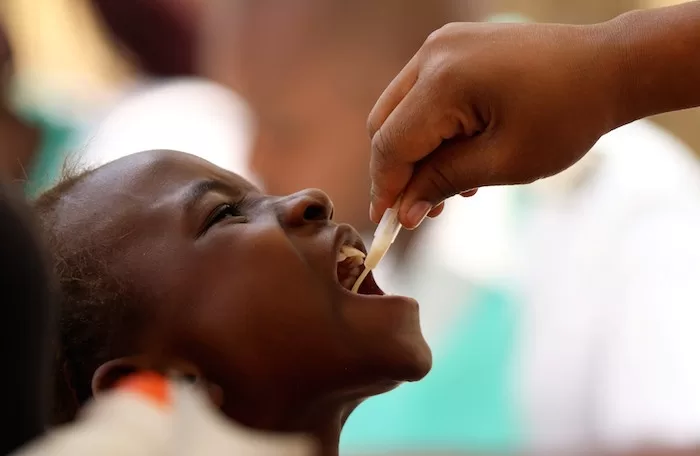A 2022 study titled “Vaccination Dropout among Children in Sub-Saharan Africa” reported dropout rates of 39.04% in community-based studies and 13.73% in institutional-based studies. This high prevalence underscores the need for improved community education on the importance of vaccinations in Africa healthcare
Vaccination and immunisation have been pivotal in combating communicable and infectious diseases globally. Diseases such as polio and measles have seen significant reductions through expanded immunisation programs targeting children worldwide. Despite these advancements, challenges such as vaccination dropouts persist, leading to incomplete vaccination schedules for children and adults.
I have drawn from my experience at my workstation (Mwanza Port). Especially concerning the administration of the Hepatitis B vaccine, I’ve noticed instances of dropouts among clients seeking the service. Many clients had to restart the vaccine schedule because they missed the final dose. Some clients missed the last two doses, receiving only one dose out of the necessary three.
Reasons for “Dropout”
The so-called “dropout” rate may not accurately show reality. Communication barriers exist among healthcare facilities that provide vaccination services. The register books at different facilities are not connected. They fail to identify clients who have already received a certain dose of a vaccine. These clients may have been vaccinated at another facility in our country.
When individuals change locations or facilities, their vaccination records remain at the previous facility. As a result, if they do not return for subsequent doses, they are recorded as dropouts. Even after completing the required doses, these individuals may still be inaccurately recorded as dropouts. This lack of interoperability inevitably leads to misreporting and inflated dropout rates. There is a significant possibility of inaccurately counting dropouts. This results in data that cannot support correct decisions. This issue is particularly problematic in investment planning and resource allocation.
Steps to enhance the effectiveness and efficiency of immunisation programs
To address this, the implementation of a Centralised Immunisation Information System (CIIS) to enhance the effectiveness and efficiency of immunisation programs by providing a centralised platform for tracking and managing vaccination record was introduced
Centralised Immunisation Information System (CIIS) Features
The proposed system should include the following key features and functions to ensure it operates as intended.
1. User Interface for Capturing Client Information
- Personal Information: Fields for name, date of birth, and contact details.
- Address: Fields for street address, city, state, and postal code.
- Contact Preferences: Options for preferred contact method (phone or email).
2. Electronic ID Assignment
Clients will receive an electronic ID during registration. This ID ensures seamless integration across healthcare facilities, reducing data entry duplication and improving data consistency.
3. Vaccine Eligibility and Scheduling
A comprehensive list of vaccines is available for both children and adults. It includes automated scheduling for subsequent doses. This scheduling is based on vaccine type and recommended intervals.
4. Automated Reminders
The system will generate SMS reminders for upcoming doses, ensuring clients adhere to their vaccination schedules.
5. Reporting and Analytics
Tools for generating reports, analysing vaccination coverage, identifying immunisation gaps, and tracking trends over time.







